How the MX-5 NC cooling system works
The MX-5 NC cooling system can be a bit hard to fully understand unless you have had the engine out. Lots of hoses going everywhere and some important parts are hidden in the crowded engine bay.
I didn’t find a diagram in the FSM but made one myself. Yes, I’m an artist.
<div class="separator" style="clear: both; text-align: center;"></div><div class="separator" style="clear: both; text-align: center;">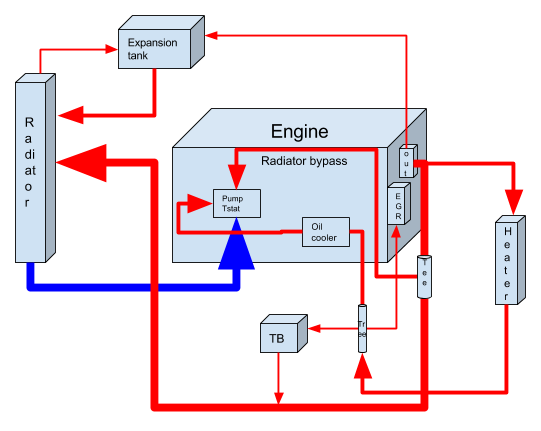 </div>
</div>
Some observations:
<ul><li>The expansion tank now has two return hoses in addition to the big one going back to the radiator. One from the rear of the engine and one from the top of the radiator. I think both are there to evacuate any trapped air and then uses the expansion tank as a swirl pot. Very nice.
Also the coolant flow is now across the engine. Not like the NA/NB where both inlet and outlet are on the front and a “reroute” is a popular mod.</li></ul><div class="separator" style="clear: both; text-align: center;">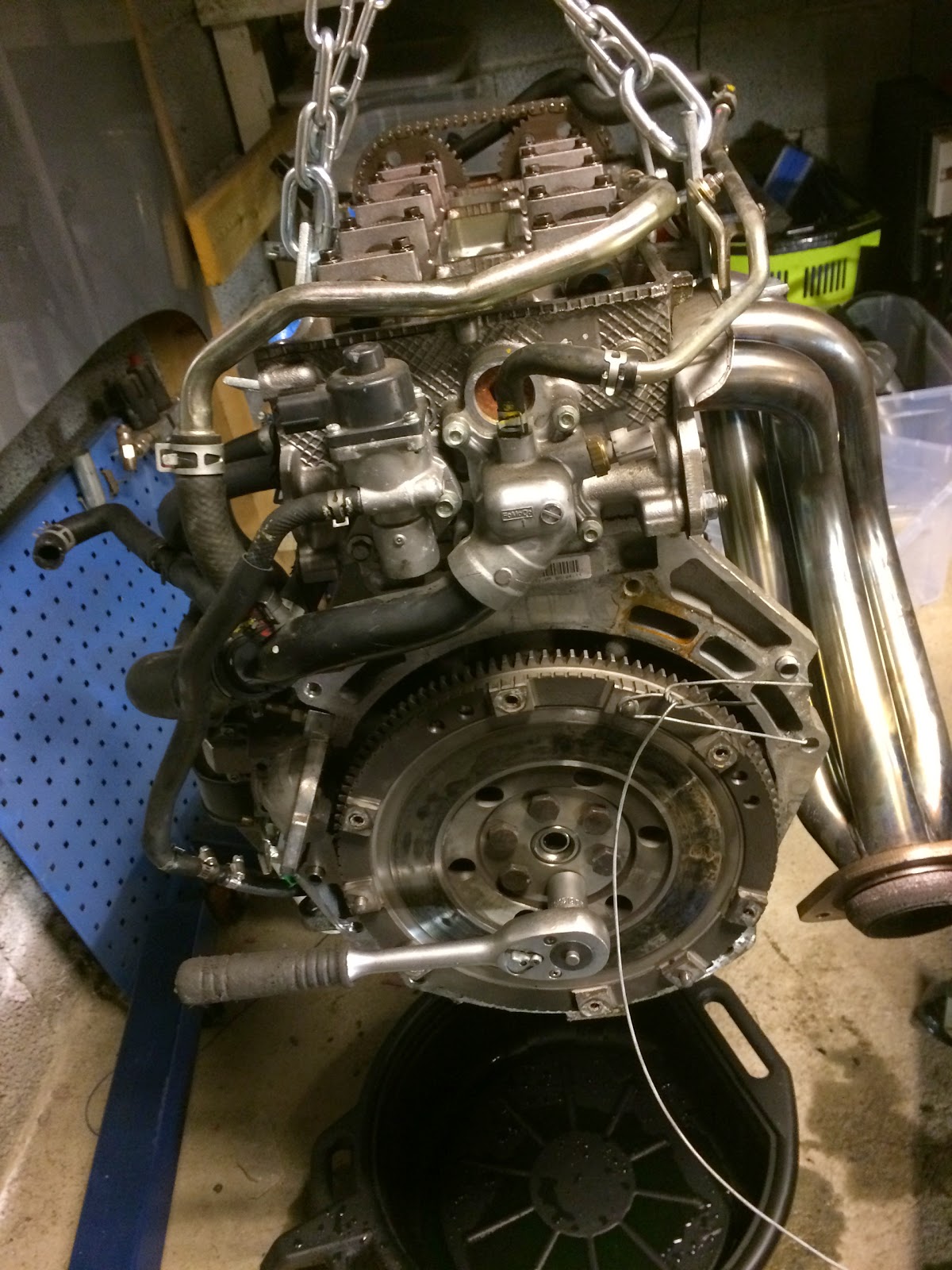 </div><div>
</div><div>
</div><div><ul><li>There is no valve controlling coolant flow on the hose going to the heater. Heat is controlled by how much air is directed trough the heater core.</li></ul><div class="separator" style="clear: both; text-align: center;">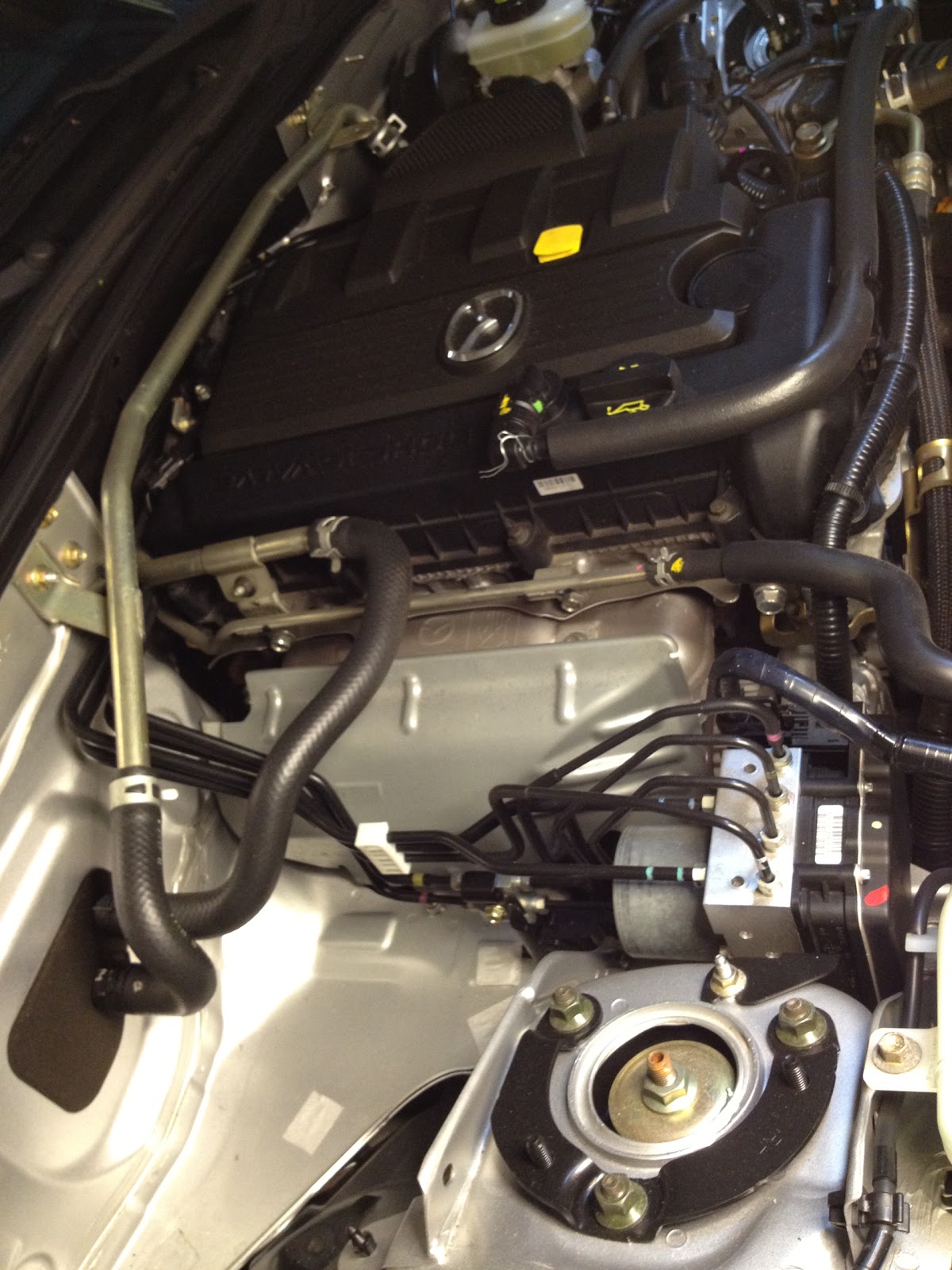
<div class="separator" style="clear: both; text-align: center;"></div>
<div class="separator" style="clear: both; text-align: center;">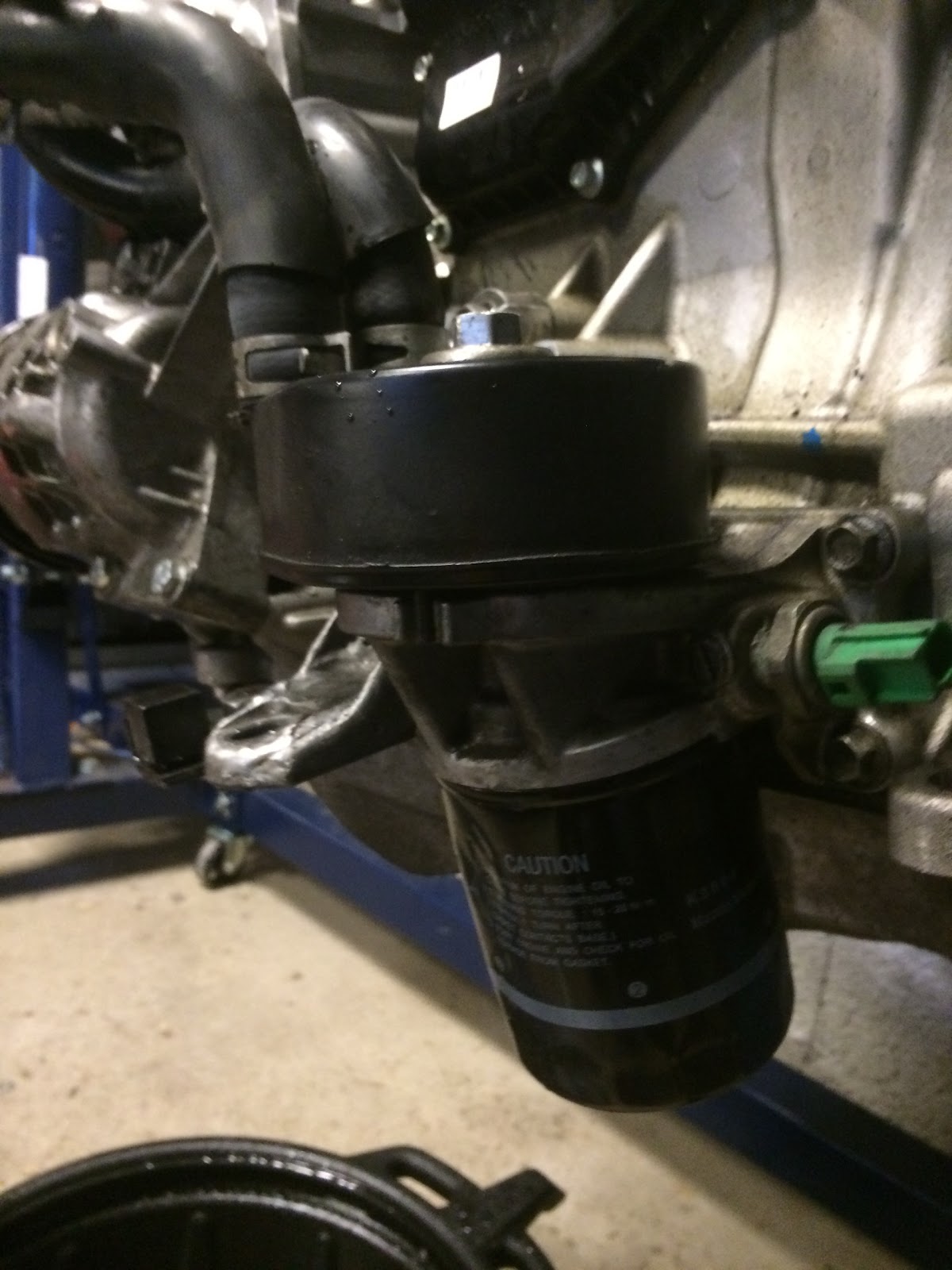
</div><ul><li> All coolant going into the heater (and later the oil cooler) is returned directly into the t-stat/pump inlet without going trough the radiator. It is never cooled off before entering the engine again. Not optimal… </li></ul><div class="separator" style="clear: both; text-align: center;">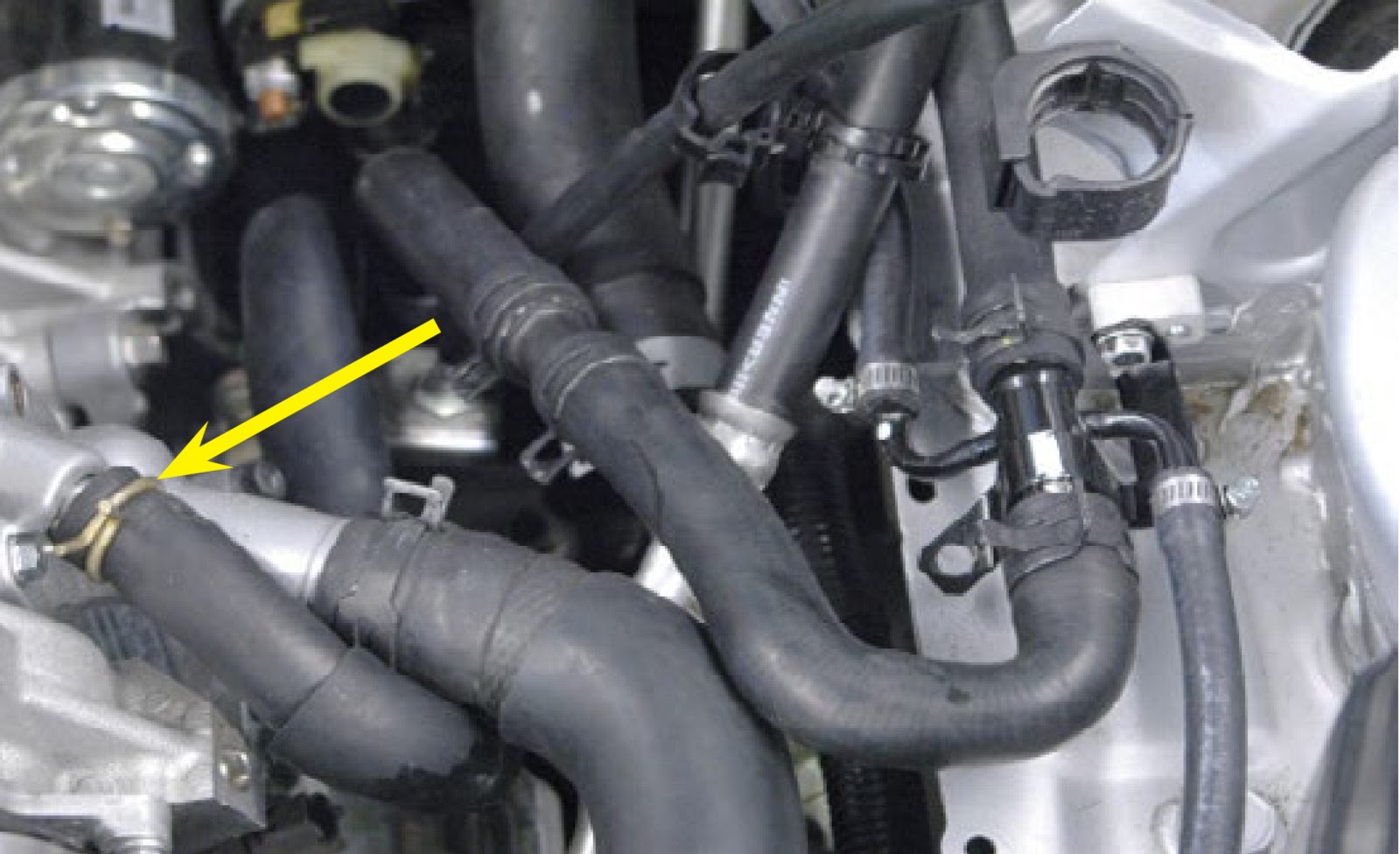
</div></div><div>
</div><div>
<ul><li>There are two small lines feeding hot coolant to the throttle body and EGR valve. Since both are controlling air/gas it is most likely related to icing or operation of the valves at low temps. TB exits to the radiator return hose, EGR exits to the hose going into the oil cooler. The TB heater line could be a problem for the FM/Cosworth MP62 supercharger kit as the TB heats up the upper manifold to the point where you can not touch it with the hand even after cruising. Looping the lines or just plugging it in both ends will fix this. There is a lengthy thread on miata.net discussing the effect on IAT by removing it.
Imho. heating up such a large chunk of metal with that large surface area will heat up the intake air. </li></ul><div>
</div><div class="separator" style="clear: both; text-align: center;">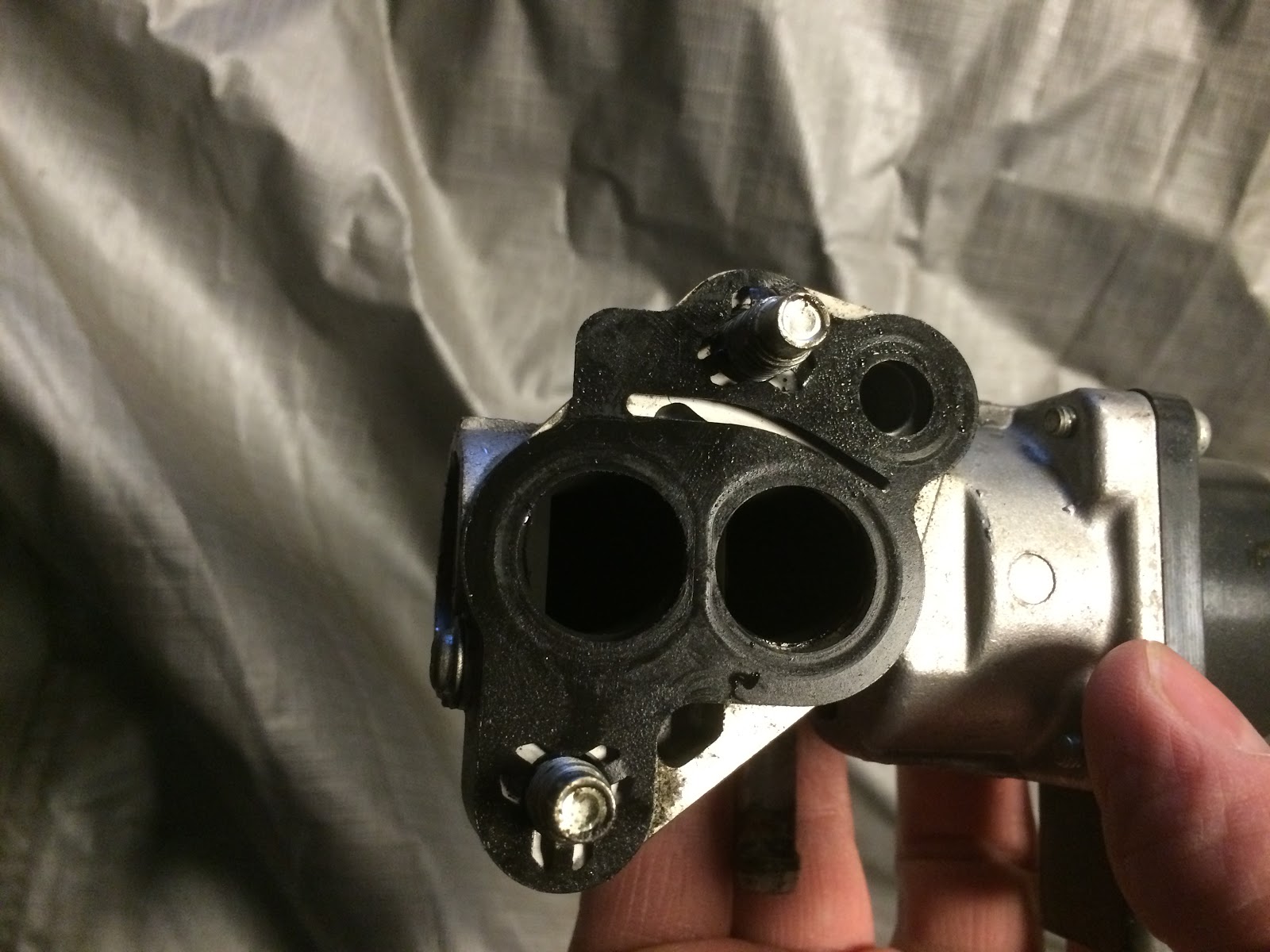
</div></div><div>
</div><div><div class="separator" style="clear: both; text-align: center;">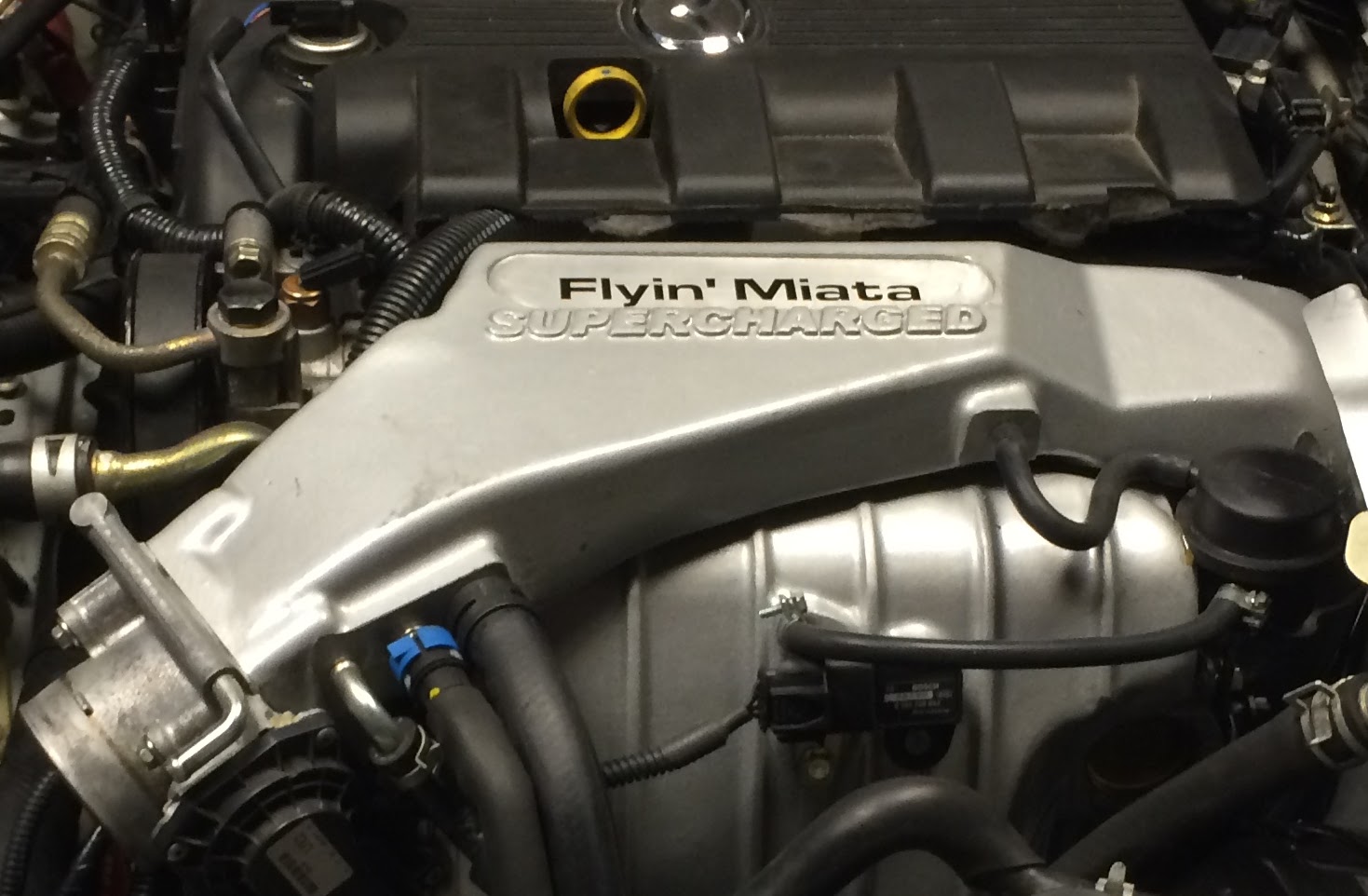
</div><div>
</div><div>
<ul><li>The t-stat is not only controlling the amount of flow trough the radiator but is also acting as a valve for the coolant bypass when it expands with the “dish” seen on the picture. If you remove the t-stat to get better cooling you might end up with less since the bypass will be fully open all the time. Combine that with the heater/oil cooler return line also supplying hot coolant full-time into the pump housing = less flow/pressure trough the radiator which is the ONLY part of the system doing any cooling. (Unless the heater is used..)</li></ul><div class="separator" style="clear: both; text-align: center;">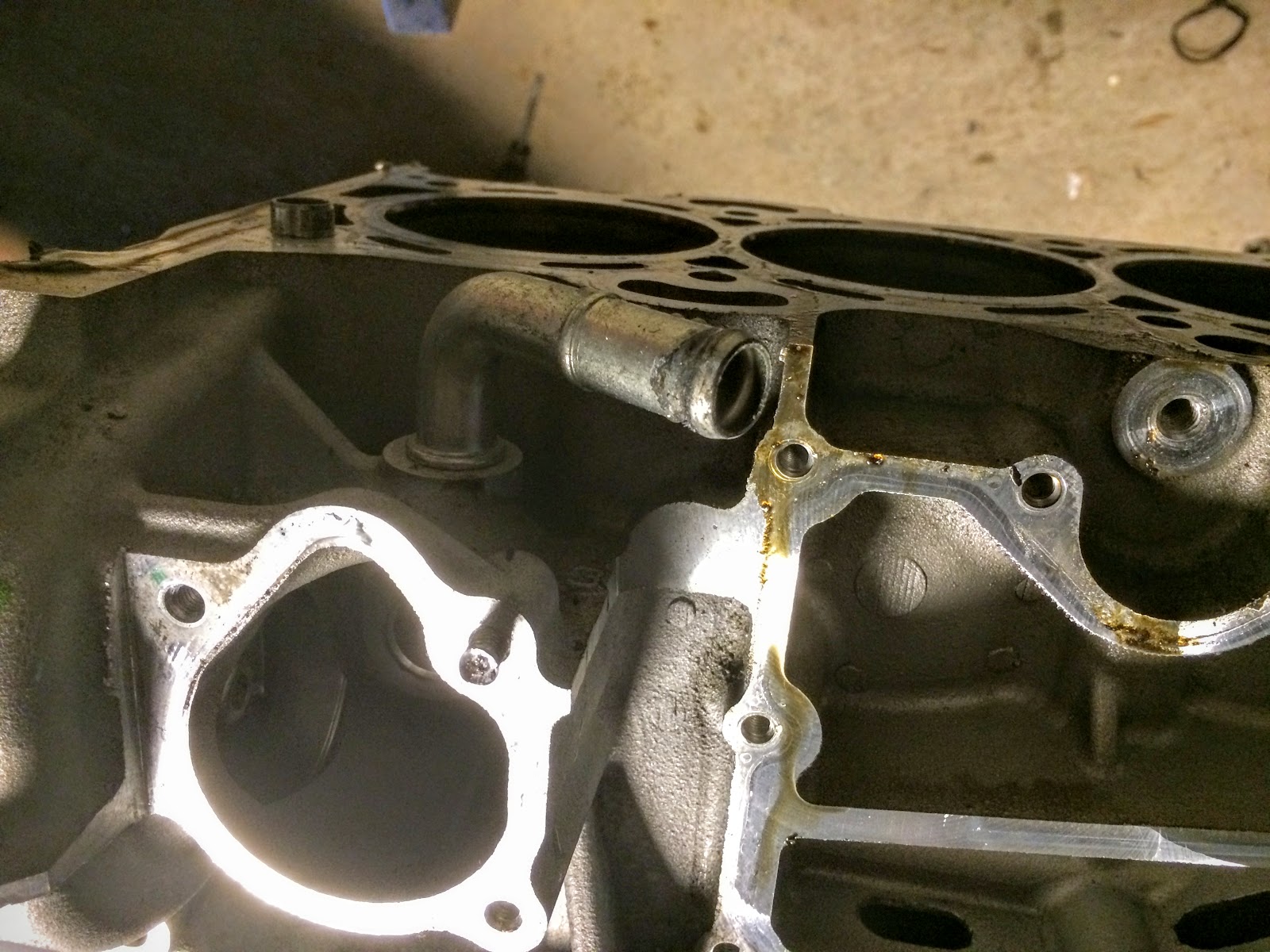
<div class="separator" style="clear: both; text-align: center;">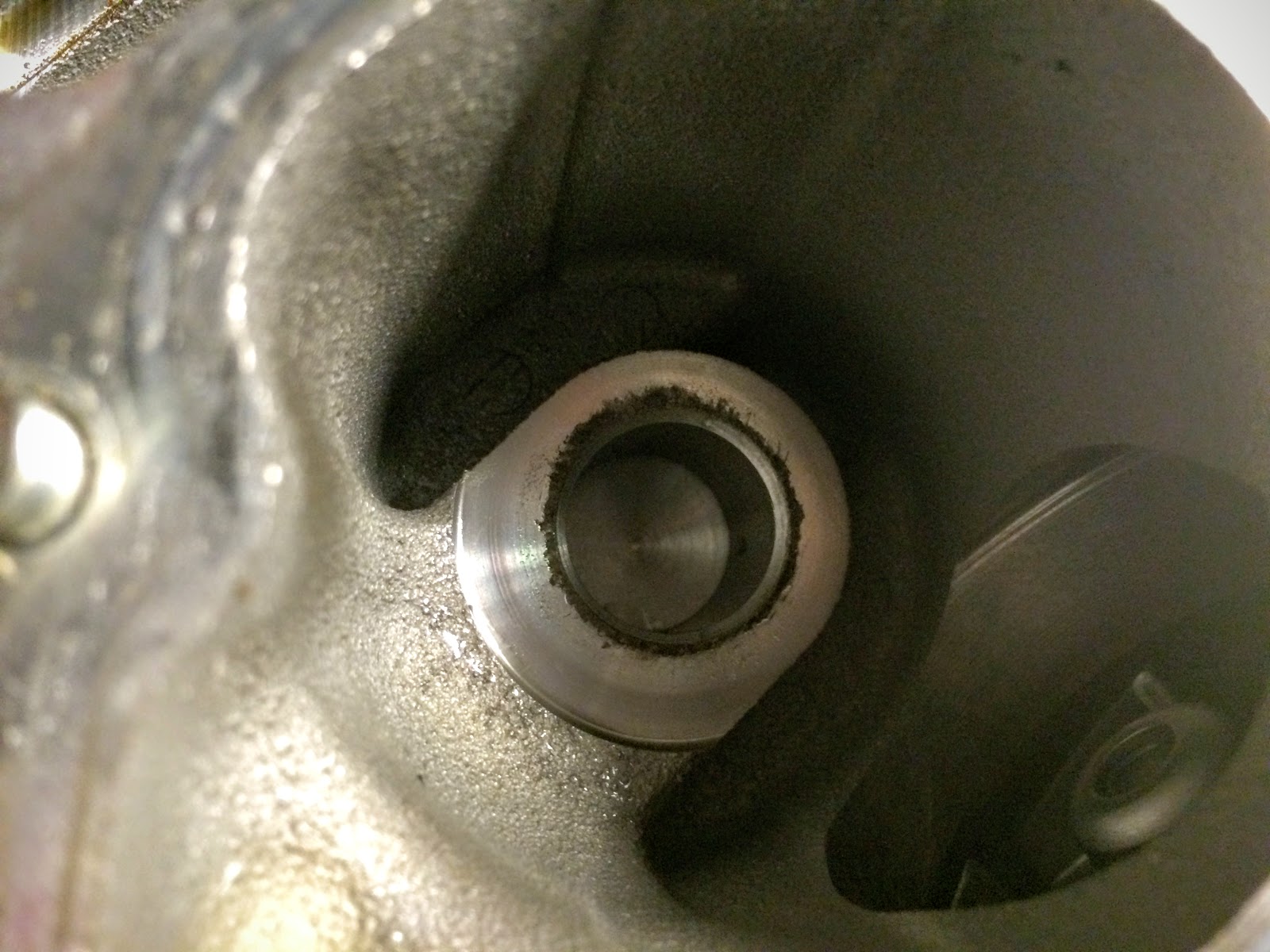
<div class="separator" style="clear: both; text-align: center;">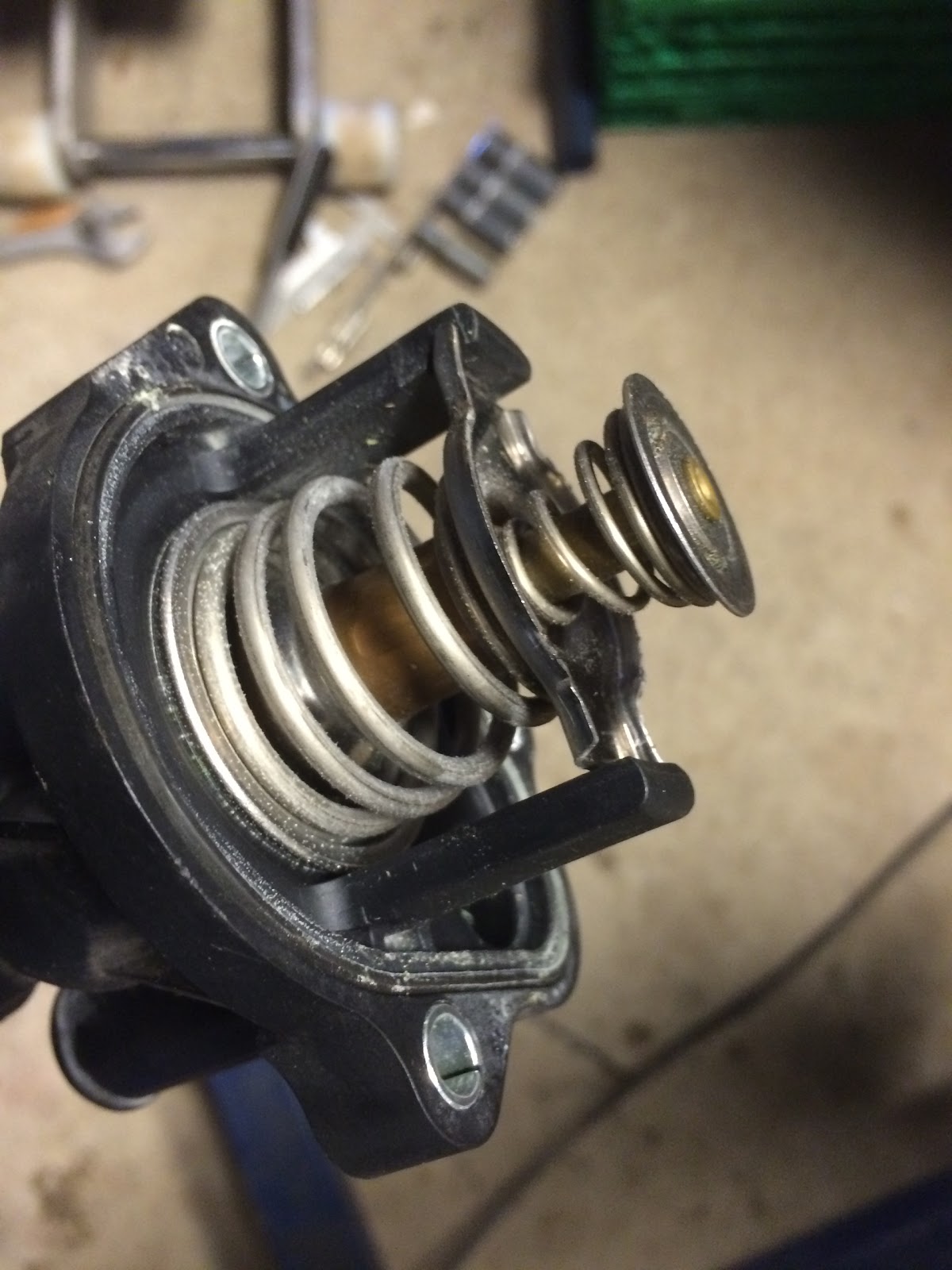
</div></div><div>
</div><div>
</div><div>Since I mainly use my car for track days I would like to improve on a couple of things ensuring my shiny CSF radiator can do its job.
<ul><li>All coolant entering the engine when at normal operating temperature should go trough the radiator first. This could be done by adding a valve somewhere on the hose going into the heater. This could be shut close on track days when I never use the heater anyway. The problem is it would also cut the coolant to the oil cooler which brings me to the next mod. </li><li>The oil cooler must have coolant coming from the radiator but after the water pump. This one is tricky since that OEM water pump housing is integrated into the block. An electric water pump like the Davies Craig EWP would make it a lot easier but is quite an involving modification. Another crazy idea is to use the cooling system of the supercharger water based intercooler. It would have to be upgraded with both a bigger pump and heat exchanger though and would rob much needed IC efficiency. It would also cool the oil a bit too much under cruise conditions. Might not work at all..
But the best option would probably be an external oil cooler although it would add yet another cooler to the car and weight in the wrong place (front). </li></ul><div>
</div><div>
</div></div><div>
</div><div>
</div><div>
</div><div>
</div><div>
</div><div>
</div><div>
</div><div>
</div><div>
</div>

Comments